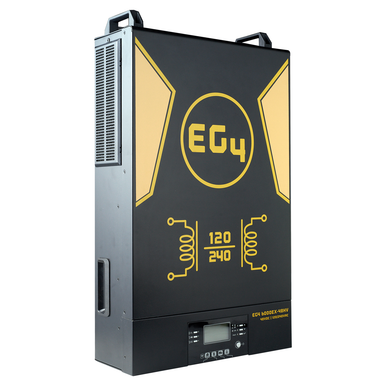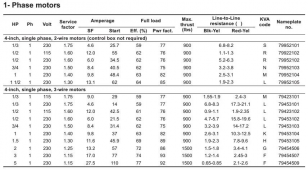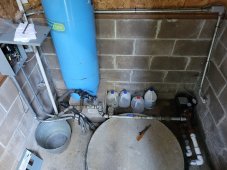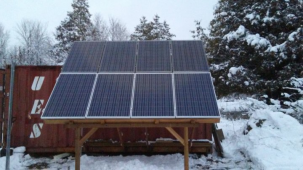I'm new to all this and trying to get a simple setup for an off grid cabin we recently acquired. From my brief research I'm leaning towards these components. I'm powering a 110v iceco fridge freezer, some lights, ceiling fan and a 1/2hp well pump that's 240v. All of this is currently powered by a generator.
 store.santansolar.com
store.santansolar.com

 signaturesolar.com
signaturesolar.com
Will these all work well together and what else am I missing?
Thanks
New Canadian Bifacial 390W Solar Panel | SanTan Solar

EG4 6K Off-Grid Split Phase Inverter | 6000EX-48HV | 6000W Output | 7500W PV Input | 500V VOC Input | Split Phase 120/240VAC | All In One Solar Inverter
Signature Solar provides solar panels, off-grid solar systems, grid-tie, and hybrid systems. Quality solar inverters, bifacial solar panels, complete solar kits, solar batteries. Featuring brands such as EG4 Electronics with their solar battery, LifePower4 and EG4 LLifePower4 and EG4 LL
 signaturesolar.com
signaturesolar.com
Will these all work well together and what else am I missing?
Thanks





